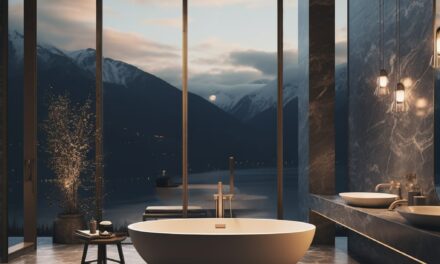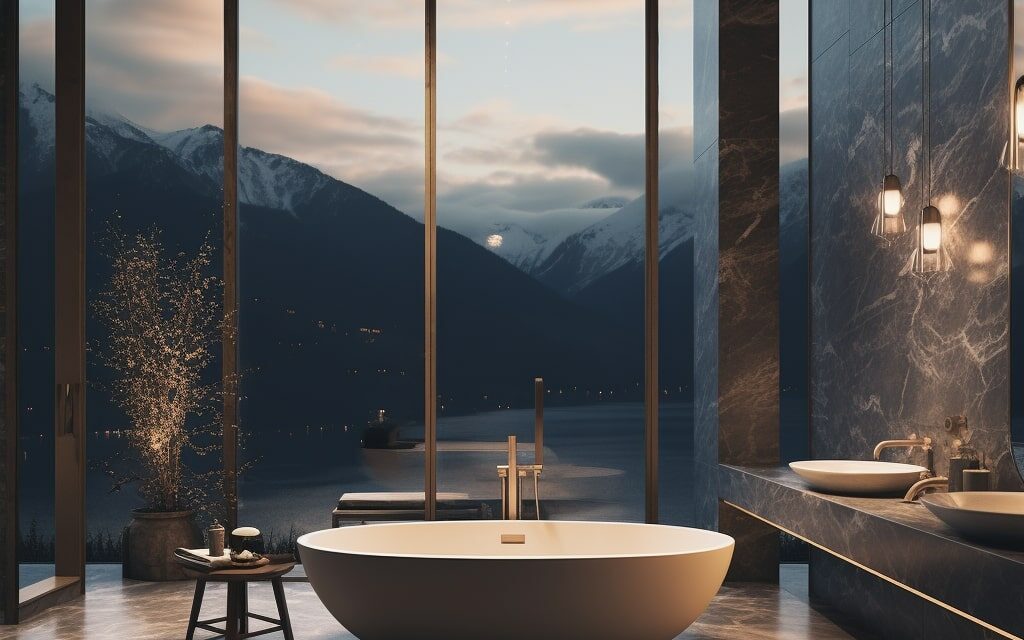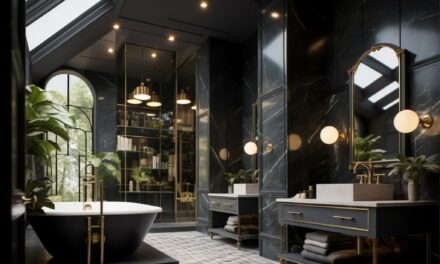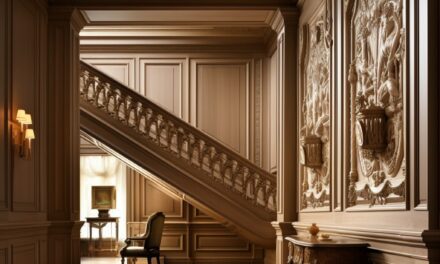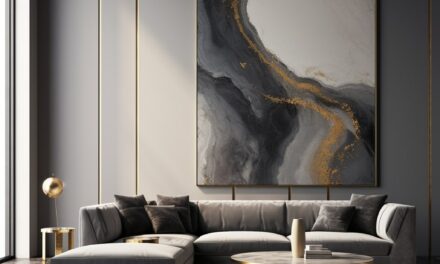Opposition is an essential element in interior design that involves combining contrasting elements to create balance and harmony in a space. These opposing elements can be anything from colors, textures, patterns, or materials that add visual interest and create dynamic energy in a design.
What is Opposition in Interior Design?
It’s a concept that requires a careful balance between opposing forces to create a space that is both aesthetically pleasing and functional. When done correctly, opposition in interior design can enhance the visual appeal of a space and evoke different emotions in its inhabitants.
Understanding Opposition in Design
Opposition is a fundamental concept in interior design that refers to the use of contrasting elements to create balance and harmony in a space. By using opposing elements, designers can create a visually appealing and dynamic design that captures the attention of those who enter the space.
When incorporating opposing elements in design, it is essential to strike the right balance between the contrasting elements. The goal is to create a sense of harmony and cohesion between the elements, rather than having them clash with one another.
The Role of Contrasting Elements in Design
The use of contrasting elements is a tried-and-tested technique that can create a visually interesting design. When used correctly, opposing elements can bring balance and harmony to a space. For example, a room that is primarily furnished with soft, plush materials can benefit from the addition of sharp, angular decor pieces. The contrast between soft and hard elements creates visual interest and prevents the design from becoming monotonous or boring.
Related concept: What is gradation in interior design?
The Importance of Balance in Design
While contrast is key to creating a visually captivating design, it is critical to maintain balance within the space. Balance refers to the distribution of visual weight within a room, and it impacts the overall functionality and comfort of the space.
When using opposing elements in a design, it is essential to consider the proportion and placement of each element. For example, if a room has too many bold, attention-grabbing pieces, it may be overwhelming and difficult to relax in. By contrast, a room with too many soft, muted elements may lack visual interest and feel uninspiring.
To achieve balance in a design, designers must consider the needs of the people who will be using the space. For instance, if a living room is intended for hosting social events, the furniture arrangement and placement of decor elements should be conducive to conversation and comfort.
In conclusion, opposition is a crucial element in interior design that can add visual interest and create balance and harmony within a space. By using opposing elements in a thoughtful and deliberate way, designers can create dynamic and engaging designs that meet the needs of the people who use the space.
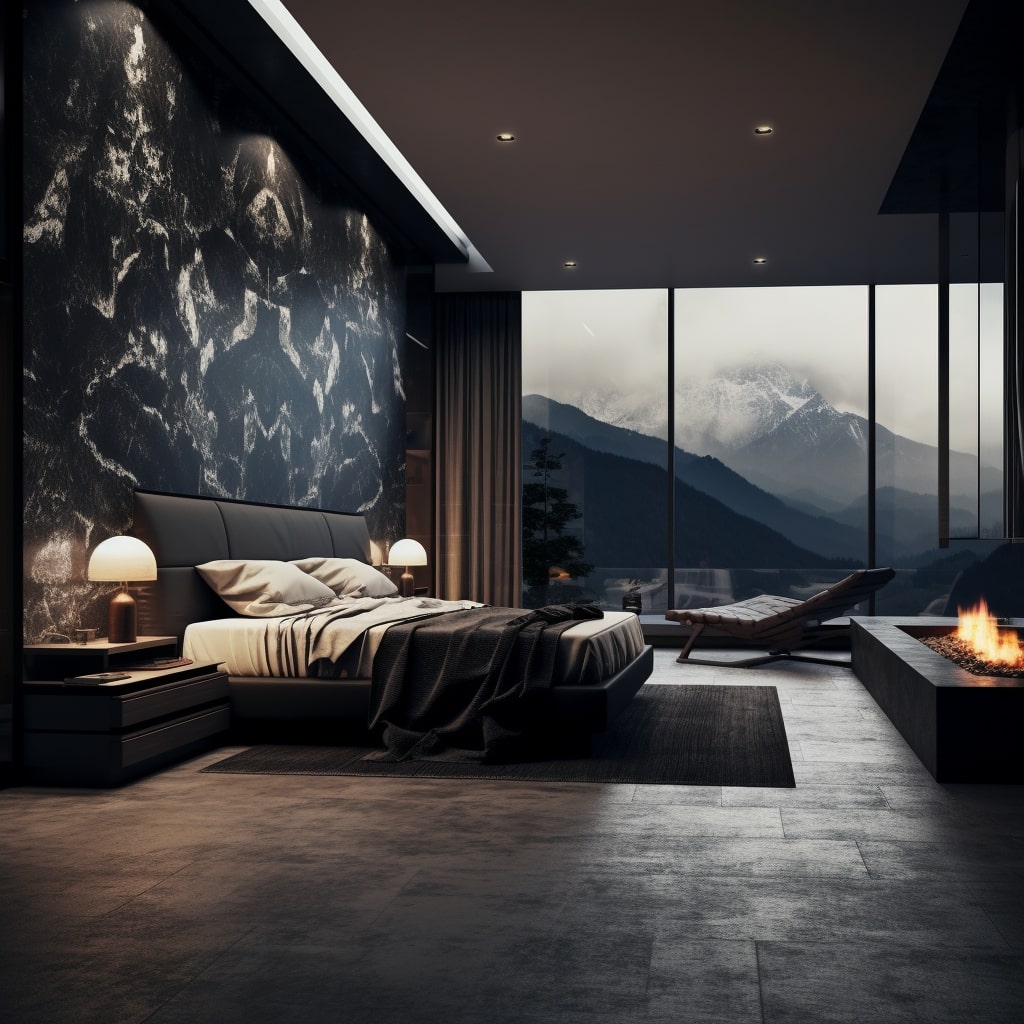
Creating Visual Interest through Opposition
Opposition in interior design is not just about achieving balance and harmony. It can also be used to add visual interest and create a dynamic design. Incorporating opposing elements can make a space more engaging and lively, and evoke a range of emotions in those who inhabit it. Here are some techniques and strategies for effectively utilizing oppositional elements to create a visually engaging design:
Contrast Colors
One of the easiest ways to incorporate opposition in design is through color. Pairing contrasting colors, such as black and white, navy and gold, or red and green, can create a bold and striking effect. This technique can be used in any room, from the kitchen to the bedroom, to add interest and drama. For a more subtle approach, consider using different shades of the same color to create a monochromatic contrast.
Mix Textures
Another way to create visual interest through opposition is by mixing textures. Pairing soft fabrics, like velvet or silk, with rougher textures, such as wood or metal, can add depth and dimension to a space. This technique is particularly effective in living rooms and bedrooms, where cozy textures can be paired with sleeker ones for a modern, sophisticated and luxurious look.
Play with Scale
Using opposing elements that differ in scale can also create visual interest in a room. Large furniture pieces, like oversized sofas or statement art pieces, can be paired with smaller accents, like delicate vases or picture frames. This creates a sense of balance and proportion, and draws the eye to different parts of the room.
By incorporating oppositional elements into your interior design, you can create a visually engaging and dynamic space that reflects your personal style and taste.
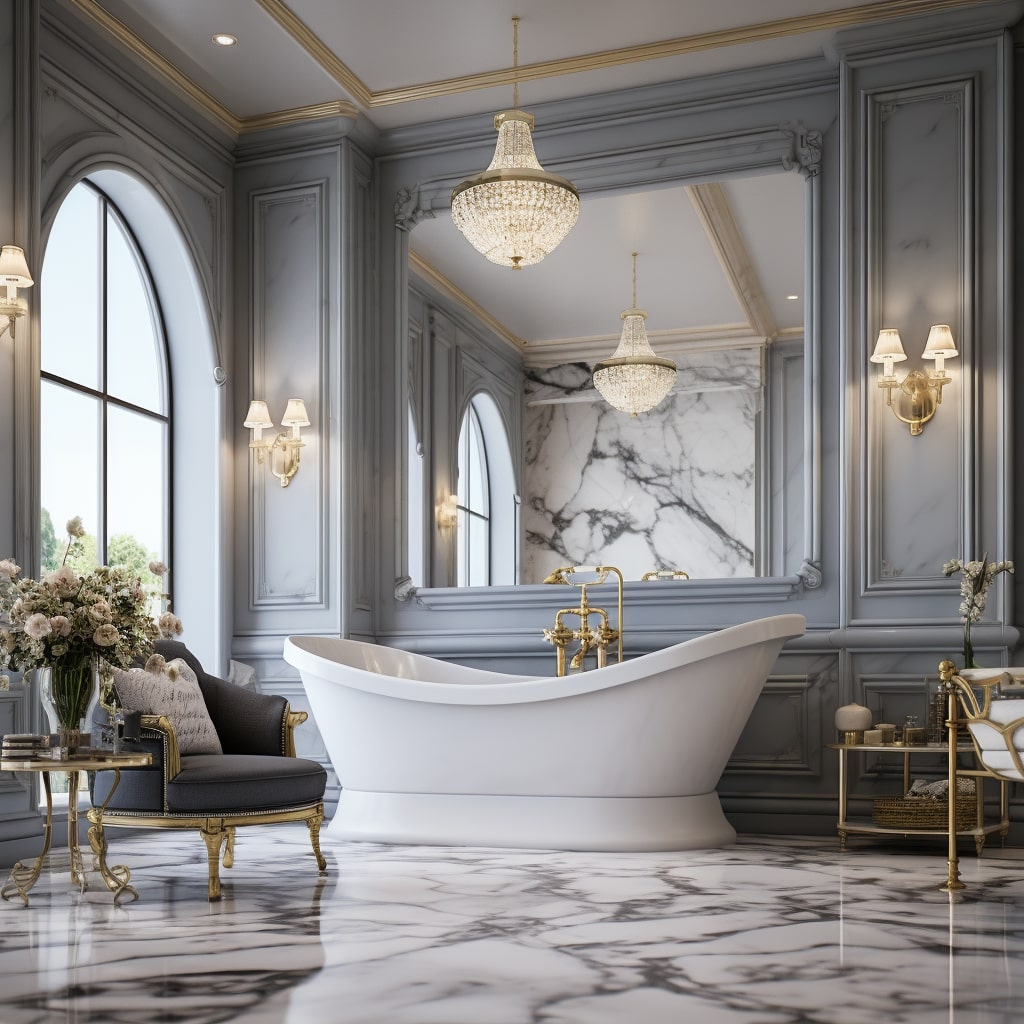

Yin and Yang in Interior Design
In interior design, the concept of yin and yang refers to the balance between opposing forces, such as light and dark, soft and hard, and curved and straight. The goal is to create a harmonious and balanced design by carefully integrating these opposing elements.
Yin represents the feminine, soft, and passive aspect of design. It is associated with colors such as white, pastels, and cool blues. Yin elements include curves, circles, and soft textures such as silk and velvet.
Yang, on the other hand, represents the masculine, hard, and active aspect of design. It is associated with colors such as black, red, and warm yellows. Yang elements include sharp corners, straight lines, and hard textures such as metal and leather.
The balance between yin and yang is essential in creating a harmonious and visually appealing design. Too much yin can result in a space that feels cold and lifeless, while too much yang can make a space feel chaotic and overwhelming.
By finding the right balance between opposing forces, designers can create a space that feels both energizing and calming, dynamic and peaceful, and, ultimately, perfectly balanced.
Incorporating Oppositional Elements in Home Decor
Oppositional elements can add visual interest and make a space more dynamic. Here are some tips and ideas on how to incorporate opposing elements in home decor:
- Use contrasting colors to create depth and dimension. For example, pair a neutral color with a bold, bright color to make the latter stand out.
- Experiment with different textures to add tactile interest to a space. For instance, mix a soft, plush fabric with a rougher, more textured one, or combine shiny and matte surfaces for contrast.
- Consider using opposing patterns to create a statement. If your space has a lot of solid colors, adding a bold, graphic print can add visual interest.
- Combine materials with opposing characteristics, such as natural wood and metal or smooth glass and rough brick.
Remember that the key to successfully incorporating oppositional elements is balance. Experiment with different combinations until you find the right mix of opposing elements that create a harmonious and cohesive look.
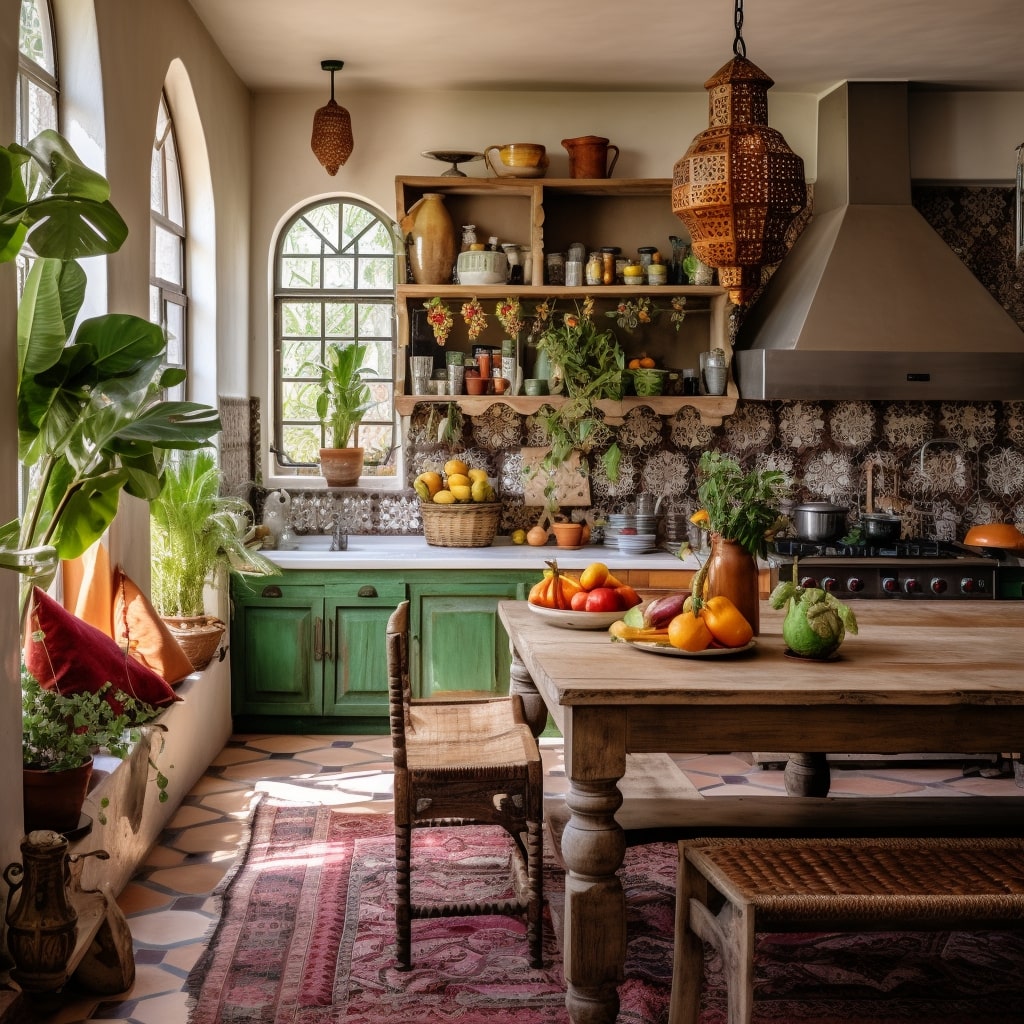

Using Opposition to Create a Dynamic Space
When used effectively, opposition in interior design can create a dynamic and lively space that captures the attention and imagination of its occupants. By deliberately incorporating opposing elements, designers can add movement, energy, and interest to an otherwise static design.
For example, a room that features a combination of hard and soft textures, such as a sleek leather couch paired with plush velvet pillows, can create a visually interesting contrast that encourages relaxation and comfort while also providing a sense of edginess and sophistication.
Similarly, the strategic use of contrasting colors can add depth and dimension to a space, drawing the eye and creating a sense of excitement and intrigue. A room that mixes warm and cool tones, such as burgundy and navy blue, can help create a well-balanced and cohesive design that is both lively and harmonious.
Opposition can also be used to enhance the functionality of a space. For example, placing a large, dark, heavy piece of furniture like a bookshelf in a room with light-colored walls and flooring can create a sense of weight and stability, while also providing visual interest and storage.
It’s important to note that while opposition can add excitement and drama to a design, it should be used in moderation. Too much contrast can create a chaotic and overwhelming design that is difficult to relax in and enjoy. Instead, designers must strive to achieve a balance between opposing elements to create a cohesive and visually appealing space.
Explore the opposite: What is unity in interior design?
Achieving Balance with Opposition in Design
When using oppositional elements in interior design, it is important to achieve a balance that creates a harmonious and cohesive look. This can be achieved by carefully considering the proportions, placement, and integration of opposing elements.
One technique for achieving balance is to use one dominant element and then offset it with smaller opposing elements. For example, a room with a dominant color can be balanced by incorporating opposing colors in smaller accents such as pillows, rugs, or accessories.
Another approach is to use a neutral color palette as a backdrop and then introduce opposing elements in the form of textures, patterns, or shapes. This can create visual interest while maintaining a cohesive look.
Placement of opposing elements should also be considered carefully. Mixing opposing textures or patterns in close proximity can create a jarring effect, while spacing them out more deliberately can create a sense of balance and harmony.
Integrating opposing elements requires finding a way to connect them visually. This can be achieved by using a unifying element such as a repeated pattern, color, or material. This creates a sense of cohesiveness that ties the opposing elements together.
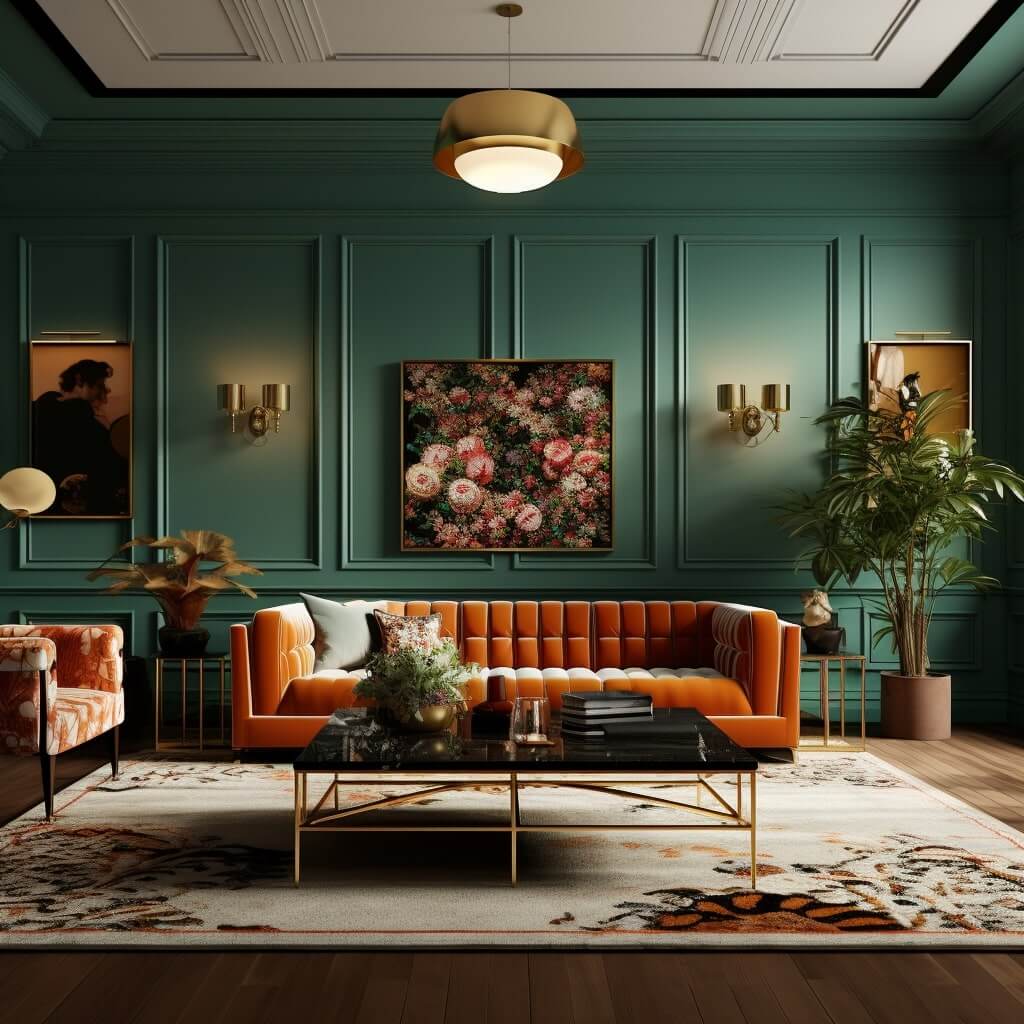

The Psychological Impact of Oppositional Elements
Opposition in interior design not only creates a visually appealing aesthetic but also evokes various emotions and psychological reactions. The contrast between opposing elements can create a sense of tension, drama, and excitement in a space, making it more dynamic and engaging. Additionally, the use of opposites can evoke different emotions and moods.
The Power of Color Contrast
The use of contrasting colors is a powerful tool in oppositional design. Colors have a significant impact on our mood and emotions, and the combination of opposing hues can create a striking and memorable effect. Bright and bold colors can create a sense of energy and excitement, while contrasting colors, such as black and white, can create a dramatic and sophisticated look. However, it is essential to use color contrast carefully to avoid overwhelming the space and creating a chaotic environment.
The Impact of Texture and Material Contrast
Textures and materials also play a significant role in creating oppositional elements in interior design. The use of soft and hard, smooth and rough, or shiny and matte textures can create a sense of depth and contrast in a design. Additionally, the use of contrasting materials, such as metal and wood, can create a unique and intriguing environment.
The Mood of Opposing Shapes and Forms
The use of opposing shapes and forms can create a sense of balance and harmony in a design. The contrast between geometric and organic shapes can create a unique and visually appealing look. Sharp angles and straight lines can create a sense of order and structure, while curved lines and organic shapes can soften the space and create a sense of fluidity.
Overall, oppositional elements in interior design have a significant impact on the psychological and emotional responses of individuals in a space. By carefully combining contrasting elements, designers can create a visually appealing and engaging environment that evokes the desired emotions and moods.
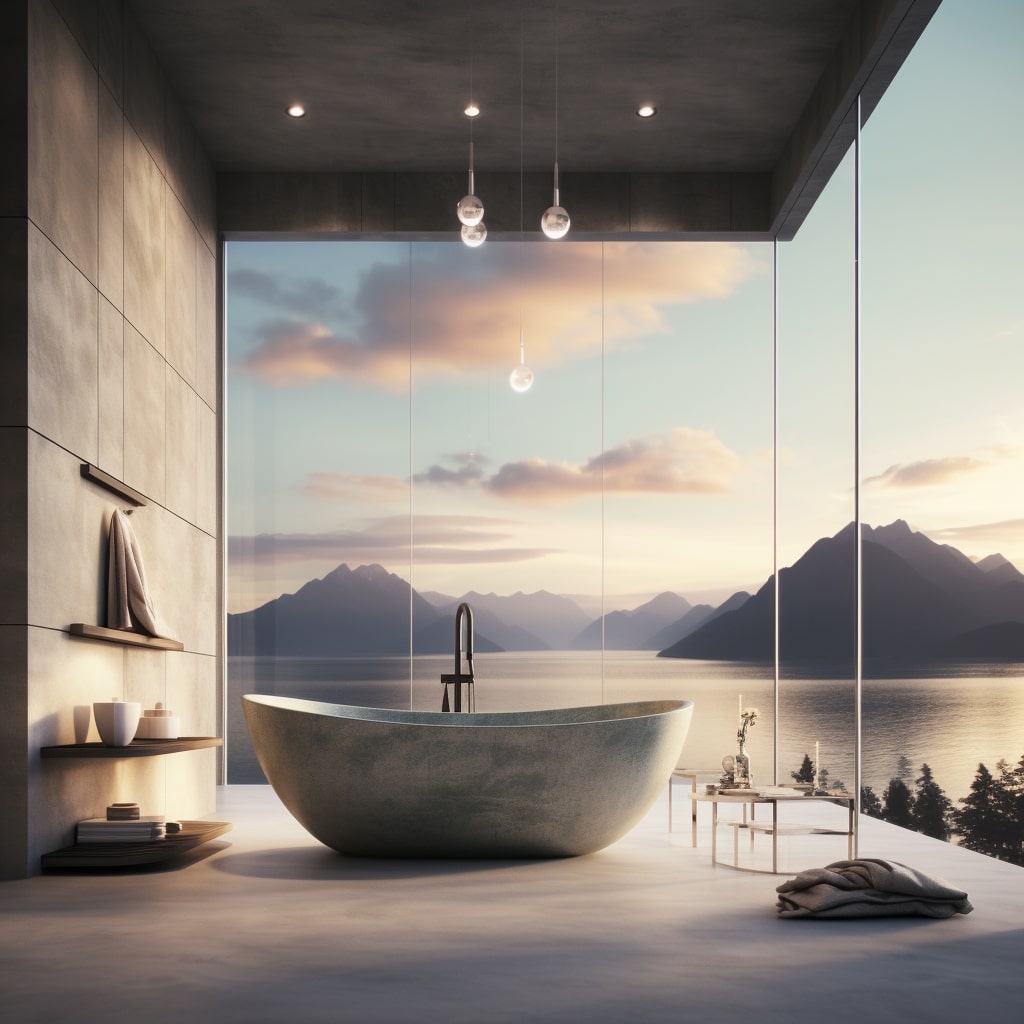

Case Studies: Examples of Opposition in Interior Design
Opposition is a powerful tool in interior design, and many designers have successfully used it to create visually stunning spaces that are both functional and aesthetic. Here are some case studies that showcase the effective use of oppositional elements in interior design.
Case Study 1: The Yin and Yang of Modern Minimalism
This minimalist living room design by interior designer John Doe exemplifies the use of yin and yang to create balance and harmony. The clean lines and neutral color palette of the space provide a serene backdrop, while the bold, black-and-white artwork adds a punch of contrast and visual interest. The opposing elements of soft and hard, light and dark, and simple and complex are expertly balanced to create a dynamic and visually compelling design.
| Soft Elements | Hard Elements |
|---|---|
| White walls | Black leather sofa |
| Beige rug | Chrome coffee table |
| Sheer curtains | Concrete floor |
Case Study 2: Bold Contrast in a Transitional Kitchen
In this kitchen design by interior designer Jane Smith, bold contrast is used to create a focal point and draw the eye towards the center of the space. The white cabinetry and subway tile provide a classic, timeless backdrop, while the black countertops and patterned backsplash add a contemporary edge. The opposing elements of light and dark are carefully balanced to create a cohesive and visually striking design.
| Light Elements | Dark Elements |
|---|---|
| White cabinetry | Black countertops |
| Subway tile backsplash | Patterned backsplash |
| Polished nickel hardware | Black pendant lights |
Case Study 3: A Playful Mix of Patterns and Colors
This children’s room design by interior designer Sarah Lee is a fun and playful mix of patterns and colors. The opposing elements of bright and muted colors, simple and complex patterns, and soft and hard textures are masterfully balanced to create a cohesive and engaging design. The result is a dynamic, cheerful space that is both functional and aesthetic.
| Bright Colors and Patterns | Muted Colors and Patterns |
|---|---|
| Hot pink accent wall | Beige carpet |
| Striped bedding | Polka dot curtains |
| Colorful artwork | Neutral walls |
These case studies demonstrate the power of opposition in interior design and how it can be used to create dynamic, engaging spaces. By carefully considering the balance between opposing elements, designers can achieve a visually stunning and harmonious design.
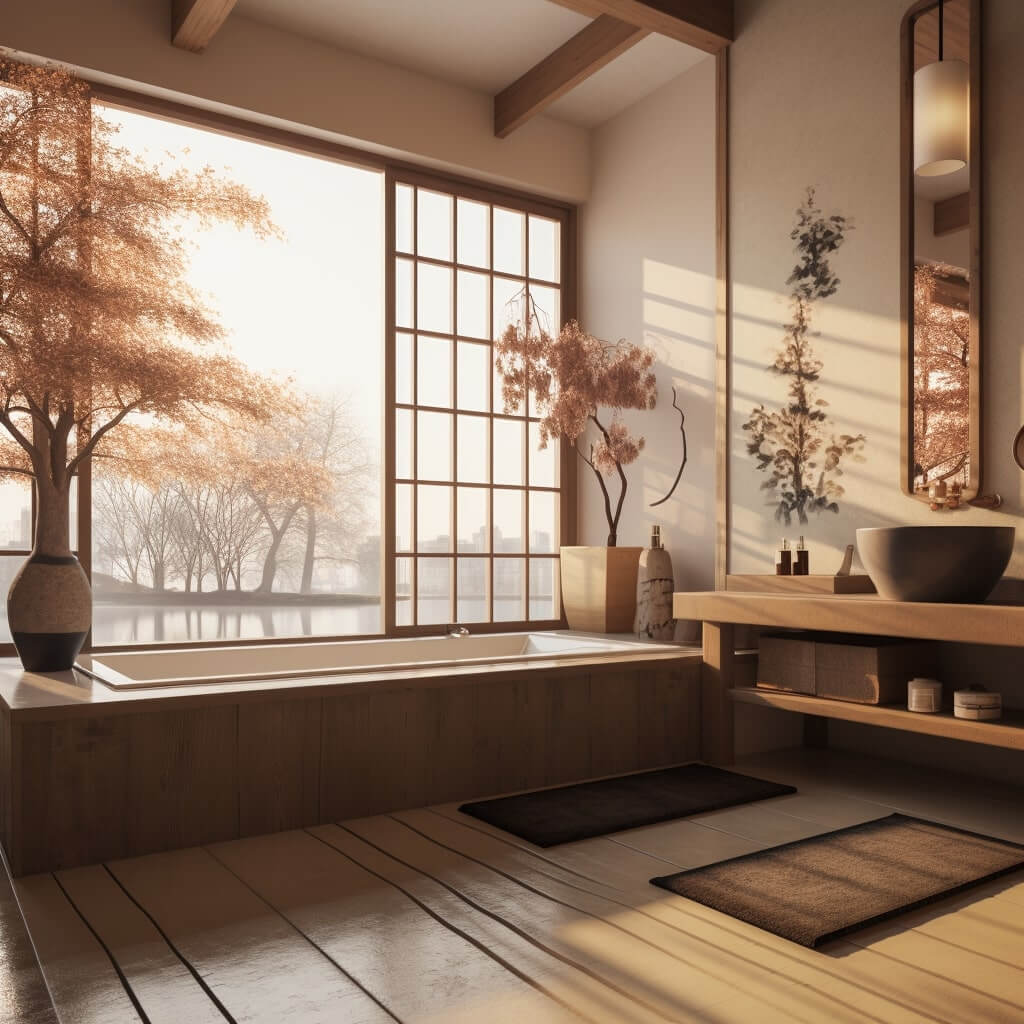

Tips for Using Opposition in Interior Design
Incorporating oppositional elements in interior design can be a powerful tool to create visual interest and balance in a space. However, it requires a careful balance between contrasting elements to avoid a design that is overwhelming or cluttered. Follow these tips to effectively use opposition in your interior design:
1. Start with a Neutral Base
Begin your design with a neutral base, such as a neutral wall color or flooring. This will provide a foundation for which you can add contrasting elements without overwhelming the space.
2. Choose a Dominant Color
Choose a dominant color for your design space and incorporate contrasting colors to accentuate it. This will create a cohesive and balanced look without being too busy or chaotic.
3. Be Mindful of Proportions
When incorporating opposing elements, consider the proportions carefully. Ensure that the contrasting elements are balanced to avoid an unbalanced or disorganized look. For example, if you choose a large bold pattern for a rug, consider using smaller, more subtle patterns for decorative accents.
4. Experiment with Texture
Texture is a great way to add contrast to a space without relying solely on color. Experiment with combining soft and hard textures, such as a plush rug and a metal coffee table, to create a dynamic and visually appealing design.
5. Use Lighting Strategically
Lighting can be used to accentuate opposing elements in a space. Use light fixtures to highlight contrasting textures or colors, such as a statement pendant light over a dark wooden dining table, to create a striking visual effect.
6. Consider the Functionality of the Space
When incorporating oppositional elements, consider the functionality of the space. For example, in a bedroom, choose opposing elements such as soft bedding and a bold accent wall to create a cozy yet visually interesting space.
By following these tips and guidelines, you can effectively use oppositional elements to create a dynamic and visually engaging interior design.
Related: Why is interior design important?
Frequently Asked Questions about Opposition in Interior Design
As opposition plays an important role in interior design, it is natural for homeowners and designers to have questions surrounding the topic. Below are some of the most commonly asked questions that provide further insight into opposition in interior design.
What is opposition in interior design?
Opposition in interior design refers to the use of contrasting elements in a space to achieve balance and visual interest. These opposing elements can include contrasting colors, textures, patterns, and materials.
Why is opposition important in interior design?
Opposition is important in interior design as it helps to create a harmonious and balanced design. When used effectively, it can enhance the visual interest and dynamic nature of a space.
How can I incorporate opposition in my home decor?
There are a number of ways to incorporate oppositional elements in home decor, including using contrasting colors, incorporating different textures and patterns, and mixing materials such as metal and wood. Be sure to find the right balance between opposing elements to achieve a visually appealing design.
Can too much opposition be a bad thing?
Yes, too much opposition can be overwhelming and negatively impact the overall aesthetic of a space. It is important to find the right balance between opposing elements to ensure a harmonious and cohesive design.
How do I know if I have achieved balance in my design?
Balance can be achieved by ensuring that the proportions, placement, and integration of opposing elements are carefully considered. The use of a design grid or color wheel can also help to ensure a balanced and harmonious design.
What emotions can be evoked through the use of oppositional elements?
The juxtaposition of opposing elements can evoke a range of emotions in a space, such as drama, contrast, and intrigue. It can also create a sense of energy and vibrancy.
By understanding the concept of opposition in interior design and its significance, you can effectively utilize opposing elements to enhance the visual appeal and functionality of your space.


